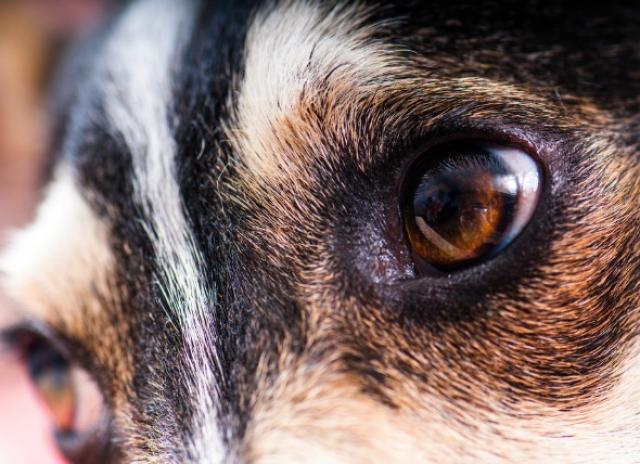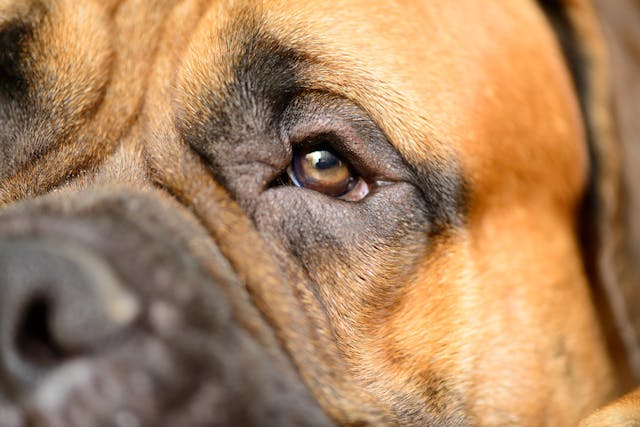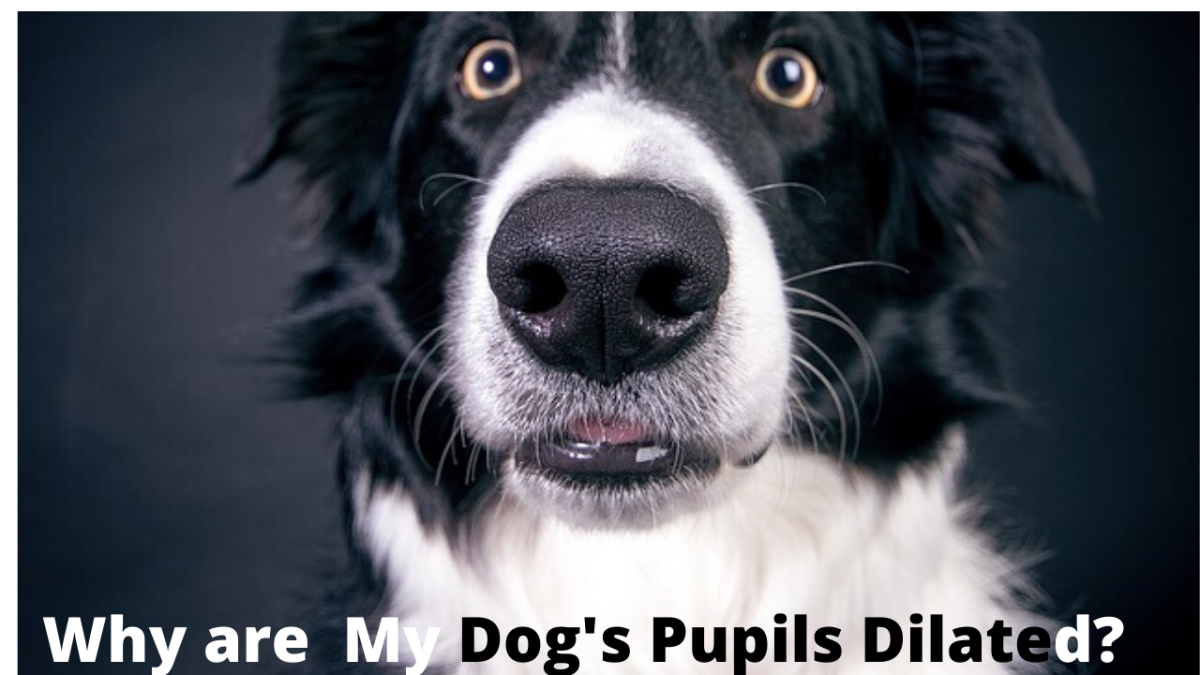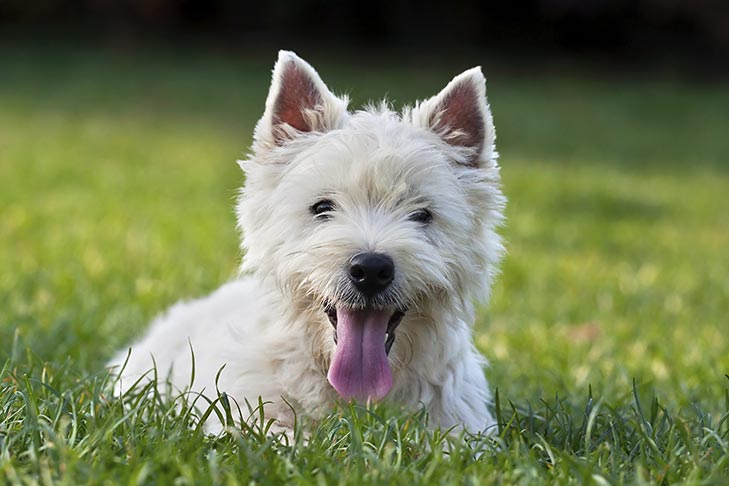Anisocoria in dogs from drugs
Anisocoria In Dogs From Drugs. Anisocoria is a sign of a disease or condition therefore there can be several different causes including. In some cases your dog may require long-term medication to control the underlying cause. Anisocoria is a sign of an underlying disease condition and therefore there are several different causes. In some cases the abnormal pupil may be the one that is smaller and in other cases the abnormal pupil may be the one that is larger.
 I Think My Dog Has Anisocoria Is It Dangerous Petcoach From petcoach.co
I Think My Dog Has Anisocoria Is It Dangerous Petcoach From petcoach.co
However the retina and fluid within the anterior chamber and vitreous are often involved as well. Anisocoria refers to an unequal pupil size. Anisocoria is a sign of a disease or condition therefore there can be several different causes including. If the anisocoria was caused by exposure to toxins chemicals or topical drugs it may be reversed as the substance is removed from the system. Fibrocartilagenous embolism FCE is a common cause of spinal cord dysfunction in dogs. Treatment for anisocoria is highly variable as the focus is on its underlying cause instead of on the anisocoria itself.
Causes of Unequal Pupil Sizes in Dogs.
The pupil constricts or dilates enlarges according to the amount of light that enters the eyes with both pupils normally dilating in dim light and constricting in bright light. Miosis may occur following a FCE in the cervicothoracic spine due to interruption of the cervical sympathetic fibers. The eye condition can occur not only in dogs but also in cats and human beings so take note. Anisocoria itself is not life-threatening but because it can be a symptom of head trauma or neurological disorders you should take your dog to the veterinarian if the anisocoria does not resolve. Seizures stupor ataxia acute central or peripheral vestibular dysfunction anisocoria cerebellar dysfunctions intention tremor and generalized or localized hyperesthesia. If one of your dogs pupils is a lot bigger than the other one he possibly has anisocoria.
 Source: todaysveterinarypractice.com
Source: todaysveterinarypractice.com
Simple anisocoria a normal finding is defined as a difference in pupil diameter of 04 mm or more that cannot be attributed to any of the pathologic pupils discussed later intraocular drugs ocular injury or ocular inflammation. The pupils lack the ability to change in size regardless of the amount of light. With the proper detection of the diseases underlying cause treatment plans are available that should resolve the issue. The eye condition can occur not only in dogs but also in cats and human beings so take note. Nervous system abnormalities as well as infection inflammation cancer or trauma involving the eye can also result in anisocoria.
 Source: cliniciansbrief.com
Source: cliniciansbrief.com
The condition or disease described in this medical article can affect both dogs and cats. Anisocoria is a condition in which the pupils of the dogs eyes are different sizes. Why does my dog have two different sized pupils. The pupils lack the ability to change in size regardless of the amount of light. In some cases your dog may require long-term medication to control the underlying cause.
 Source: todaysveterinarypractice.com
Source: todaysveterinarypractice.com
Nervous system abnormalities as well as infection inflammation cancer or trauma involving the eye can also result in anisocoria. 2 Simple anisocoria affects up to 38 of healthy persons only half of whom have anisocoria at any given moment and is a constant finding in 3 of. Botox and other medications containing botulinum toxin. It is relatively common and causes vary from benign physiologic anisocoria to potentially life-threatening emergencies. Anisocoria is the medical term for when the pupil in a dogs eye is different from the other.
 Source: cliniciansbrief.com
Source: cliniciansbrief.com
Anisocoria refers to an unequal pupil size. In some cases the abnormal pupil may be the one that is smaller and in other cases the abnormal pupil may be the one that is larger. Is anisocoria serious in dogs. Anisocoria is a condition in which a dogs two pupils are unequal in size. Anisocoria is a condition characterized by unequal pupil sizes.
 Source: todaysveterinarypractice.com
Source: todaysveterinarypractice.com
In other words one pupil is larger than the other. Anisocoria a common problem in dogs is an inequality of pupil size when one pupil is dilated and the other is constricted. Asymmetrical pupil dilation in dogs - formally known as anisocoria - may indicate a brain injury or infection such as meningitiswhich usually has a poor prognosis. Symptomatic treatment of anisocoria is not typically recommended. With the proper detection of the diseases underlying cause treatment plans are available that should resolve the issue.
 Source: petcoach.co
Source: petcoach.co
Canine anisocoria is a medical situation that entails notable variances in the sizes of pupils. Canine anisocoria is a medical situation that entails notable variances in the sizes of pupils. Anticholinergics such as atropine homatropine tropicamide scopolamine and cyclopentolate lead to mydriasis and cycloplegia by inhibiting parasympathetic M3 receptors of the pupillary sphincter and ciliary muscles. For still other causes such as degenerative conditions your dogs anisocoria may never get better. If your dog became blind as a result of the underlying disease it is extremely unlikely that the blindness will be reversible.
 Source: petmd.com
Source: petmd.com
Fibrocartilagenous embolism FCE is a common cause of spinal cord dysfunction in dogs. Anisocoria itself is not life-threatening but because it can be a symptom of head trauma or neurological disorders you should take your dog to the veterinarian if the anisocoria does not resolve. The pupils are not equal in. Anisocoria may occur secondary to disease of the eye optic nerve and central and autonomic nervous system. It is relatively common and causes vary from benign physiologic anisocoria to potentially life-threatening emergencies.
 Source: vcahospitals.com
Source: vcahospitals.com
If one of your dogs pupils is a lot bigger than the other one he possibly has anisocoria. Medications for Parkinsons disease. Many disorders are accompanied by anisocoria due to iris or neurologic dysfunction but usually manifest with other more bothersome symptoms eg uveitis Overview of Uveitis Uveitis is defined as inflammation of the uveal tractthe iris ciliary body and choroid. If your dogs vision is affected because of their anisocoria their vision may never return back to normal. Video of the Day.
 Source: wagwalking.com
Source: wagwalking.com
Although the disorder is not typically associated with obvious clinical signs anisocoria may be present and the pupillary. Video of the Day. Simple anisocoria a normal finding is defined as a difference in pupil diameter of 04 mm or more that cannot be attributed to any of the pathologic pupils discussed later intraocular drugs ocular injury or ocular inflammation. The pupils are not synchronized with the amount of light they are exposed to. Plumme r anisocoria may be indicative of some type of ocular or neurological disorder.
 Source: thesprucepets.com
Source: thesprucepets.com
The prognosis for full recovery depends upon the cause of the anisocoria. The pupils are not equal in. If your dog became blind as a result of the underlying disease it is extremely unlikely that the blindness will be reversible. However the retina and fluid within the anterior chamber and vitreous are often involved as well. Anisocoria is a sign of a disease or condition therefore there can be several different causes including.
 Source: cliniciansbrief.com
Source: cliniciansbrief.com
Video of the Day. If one of your dogs pupils is a lot bigger than the other one he possibly has anisocoria. Seizures stupor ataxia acute central or peripheral vestibular dysfunction anisocoria cerebellar dysfunctions intention tremor and generalized or localized hyperesthesia. Fibrocartilagenous embolism FCE is a common cause of spinal cord dysfunction in dogs. Anisocoria is the medical term for when the pupil in a dogs eye is different from the other.
 Source: pethelpful.com
Source: pethelpful.com
The eye condition can occur not only in dogs but also in cats and human beings so take note. In some cases your dog may require long-term medication to control the underlying cause. If one of your dogs pupils is a lot bigger than the other one he possibly has anisocoria. Anisocoria is a sign of an underlying disease condition and therefore there are several different causes. The pupils are not equal in.
If you find this site serviceableness, please support us by sharing this posts to your preference social media accounts like Facebook, Instagram and so on or you can also bookmark this blog page with the title anisocoria in dogs from drugs by using Ctrl + D for devices a laptop with a Windows operating system or Command + D for laptops with an Apple operating system. If you use a smartphone, you can also use the drawer menu of the browser you are using. Whether it’s a Windows, Mac, iOS or Android operating system, you will still be able to bookmark this website.







